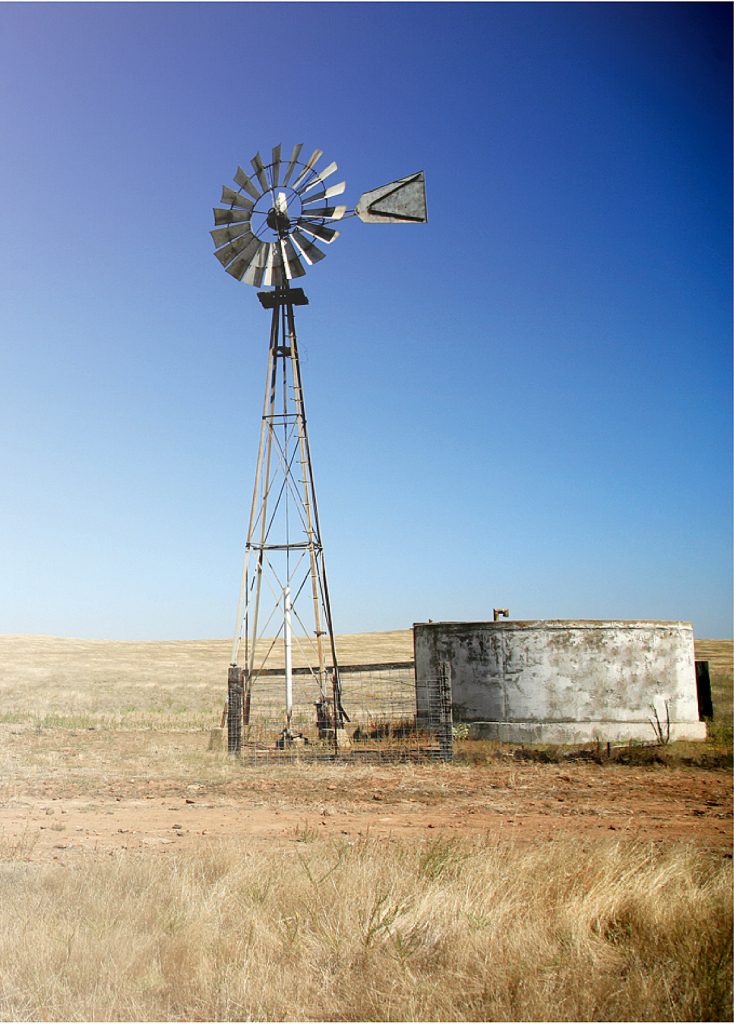
The devastating drought in many parts of South Africa has increased awareness about the need for effective water storage, particularly in rural areas. “It is therefore important that more rural local authorities realise that even relatively small concrete water reservoirs, strategically placed, can play a vital role in sustaining struggling rural communities,” says Bryan Perrie, managing director of The Concrete Institute.
Perrie says the local authorities should follow the example of hundreds of South African farmers and smallholding owners who have for three decades referred to “Farm Reservoirs”, the Concrete Institute’s most popular and durable publication, to build reservoirs on their properties. “The Concrete Institute would be prepared to provide supplementary advice to any local authority planning to build farm reservoirs to serve people living in isolated areas without – or with limited, or drought-disrupted – municipal services,” he adds.
First published in 1984 and revised nine years ago, Farm Reservoirs is a manual dealing with the use of concrete for water retaining structures for irrigation, watering stock, farm reservoirs, swimming pools, and household use. “There has been tremendously positive feedback regarding this publication since it was launched by The Concrete Institute’s predecessor, The Cement & Concrete Institute, so many years ago. The manual has been widely used as reference book by farmers and owners of smallholdings in urban areas,” Perrie states.
The 52-page, A4 publication deals with the construction of circular reservoirs with reinforced concrete walls, as well as those with walls of fired clay bricks, concrete masonry, and corrugated galvanised steel. Guidelines for reservoirs built with travelling moulds are included. Rectangular reservoirs and swimming pools, elliptical swimming pools, and drinking troughs are the topics of other chapters; while data for estimating the quantities of materials required is also provided.
“The manual has enabled owners of farm reservoirs to build a structure that will be serviceable for many years with the ability of retaining considerable water pressures when full. Concrete farm reservoirs are also a familiar sight in most of South Africa’s major national parks, and sustain wildlife in these game reserves during the frequent droughts that strike many of these sanctuaries,” Perrie adds.

The Concrete Institute’s informative manual on the construction of Farm Reservoirs has proved invaluable to the southern African rural community for nearly three decades.
More news
- REFRATECHNIK ASIA NEW ASSOCIATE CORPORATE MEMBER OF WCA
- PART 5: SA’S TRADE DILEMMA: A PODCAST DISCUSSION WITH DONALD MACKAY
- STATE-DRIVEN OPPORTUNITIES FOR SA CONSTRUCTION COMPANIES BUT MANAGING RISK IS A PRIORITY
- PART 4: SA’S TRADE DILEMMA: A PODCAST DISCUSSION WITH DONALD MACKAY
- CONCOR KICKS OFF OXFORD PARKS BLOCK 2A PHASE I PROJECT

